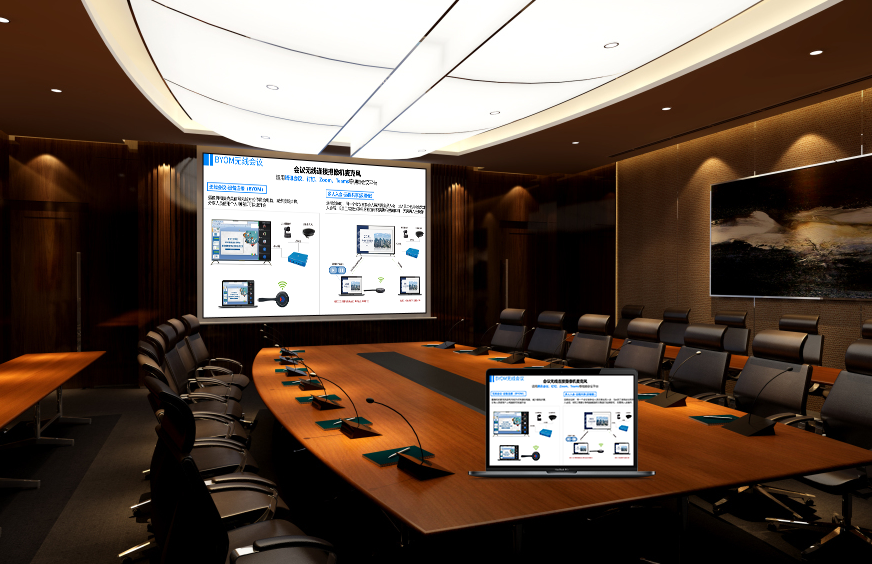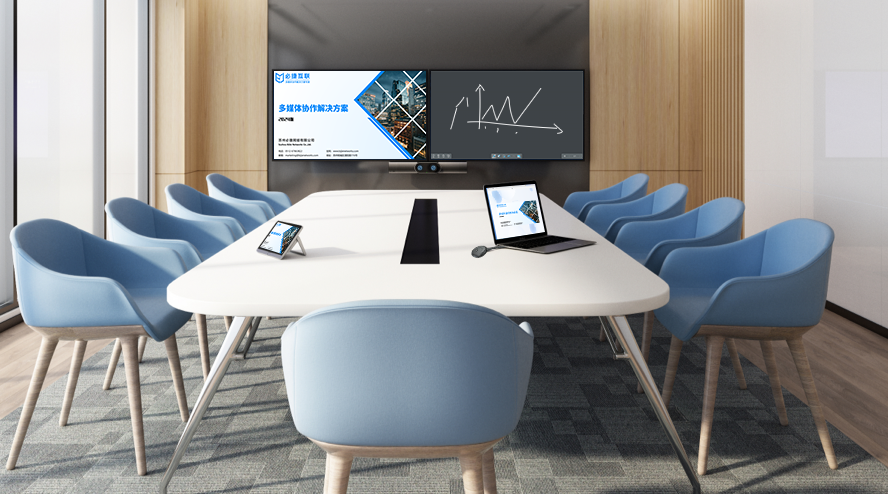Google Cast: A Cross-Device Wireless Screen Mirroring Solution
The Google Cast screen mirroring solution is built on Google’s native mirroring protocol. It’s deeply compatible with Android devices, the Chrome browser, and Cast-enabled smart terminals. It enables wireless content transfer without complex settings and has the advantages of lightweight connection, cross-platform collaboration, and scenario-based adaptation. It covers various scenarios, including office, education, and home entertainment, making mirroring simpler and more efficient.
Universal Ecosystem Compatibility, Zero Connection Barriers
It is fully compatible with the Google ecosystem and its partner devices, with wide-ranging compatibility and convenient connections:
- Mobile Devices: Android phones and tablets (with Android 6.0 and above) and devices with Chrome OS can start mirroring through the system’s built-in “Cast” function or a Cast-compatible app.
- PC Devices: Windows/macOS computers don’t need to install any plugins. Just open the Chrome browser and click the “Cast” icon in the address bar to connect. It supports mirroring the entire desktop or a single tab.
- Display Terminals: Cast-enabled devices like smart TVs, projectors, and meeting displays are interoperable across different brands, with a compatibility rate of over 90% for both new and old devices.
The connection process is extremely simple: just turn on the “Cast” function on the sending device, find the receiver, and pair with one click. The connection is completed in 2-3 seconds, with no need to register or log in, so anyone can get the hang of it right away.
Clear and Stable Transmission, a Smoother Experience
Using Google’s optimized transmission protocol, it can achieve high-quality screen mirroring in a normal Wi-Fi environment, balancing stability with content presentation:
- High-Definition Output: It supports 1080P Full HD mirroring, and some high-end devices can achieve 4K Ultra HD transmission. When mirroring an office report or a design drawing, the details are sharp and clear. When mirroring a movie, the colors are true to life.
- Low-Latency Sync: Transmission latency is kept to within 25ms, and the audio-video synchronization error is less than 8ms. When playing a dynamic presentation or an educational video, there’s no ghosting and the audio doesn’t lag. Operations are smooth and responsive.
- Background Mirroring Optimization: After a phone or computer starts mirroring, it can run other applications in the background without affecting the playback. For example, you can reply to messages while mirroring a video from your phone, or you can switch tabs to look up information while mirroring a document from your computer, which makes multitasking more flexible.

In-Depth Application for Multiple Scenarios, Functions that Meet Needs
1. Office Meetings: More Flexible and Efficient Collaboration
- Browser Mirroring: Attendees can open a proposal document or an online report with the Chrome browser and mirror it to a large meeting display with one click, without having to download a local file. Web page updates are synchronized in real time. When multiple people are taking turns mirroring content, you can quickly switch between Chrome tabs, so the meeting flows more smoothly.
- Cross-Device Content Linkage: On-site photos and short videos taken with an Android phone can be mirrored directly to a large screen to be shared. A computer can use Chrome to mirror a design proposal while a phone is simultaneously used as a “remote control” to control page flipping and annotations, allowing the presenter to walk around freely.
- Remote Meeting Compatibility: In an online meeting, you can use the Chrome browser to mirror the remote meeting interface to a large display while mirroring local documents to a secondary screen, which balances remote communication with local presentation and makes collaboration feel like it’s happening in the same room.
2. Classroom Teaching: More Lively Interaction
- Lightweight Teaching Display: A teacher can use an Android tablet to mirror a lesson or an educational video with Cast, with no need for a data cable. They can walk to the back of the classroom and still control the device. They can also open the Chrome browser to mirror online educational resources (like documentaries or virtual labs), which enriches the lesson content.
- Student Work Sharing: Students can use their phones or computers to mirror their homework or mind maps to a large display with Chrome, and the whole class can give feedback. During a group discussion, multiple devices can mirror their ideas in a split-screen view, which makes classroom interaction more engaging.
- Quick Resource Retrieval: You can use the Chrome browser to mirror lesson plans and exercises from the cloud. The content is synchronized in real time, so there’s no need to download it in advance, making lesson preparation more efficient.
3. Home Entertainment: A More Comfortable and Immersive Experience
- Multi-Device Media Mirroring: You can use a Cast-compatible app (like YouTube, Netflix, or Tencent Video) on an Android phone to mirror a movie or a show to a TV. It supports resuming playback from where you left off and adaptive picture quality, which makes large-screen viewing more immersive.
- Photo and Video Sharing: At a family gathering, multiple people can take turns mirroring travel photos and videos from their phones, and they can be switched on the receiving device. There’s no need to huddle around a small screen, which makes sharing more heartwarming.
- Music Mirroring Linkage: You can mirror music from your phone to a Cast-enabled smart speaker while mirroring the lyrics to the TV, creating an integrated audiovisual experience for home entertainment.
4. Commercial Presentations: Flexible and Eye-Catching
- In-Store Promotion: A salesperson can use an Android phone to mirror a new product poster or a promotional video to an in-store display with Cast. They can update the content with their phone at any time to align with the pace of a promotion. It supports timed loop mirroring to automatically play promotional videos, which reduces manual operation.
- Convenient Exhibition Demos: At an exhibition, you can use the Chrome browser to mirror a product’s official website or a 3D display page to a portable projector. There’s no need to carry heavy equipment, so the presentation is more flexible and makes it easy to communicate with customers up close.
Smart Management, Secure and Convenient
- Precise Access Control: An administrator can set a “Cast whitelist” from a backend, allowing only authorized devices to connect. This prevents unauthorized devices from interfering with a meeting or lesson. It also supports a “temporary access code,” so outside personnel must enter a verification code to mirror content, which protects content security.
- Device Status Monitoring: You can view the operational status of the receiving device in real time (the number of connections, signal strength, and firmware version). It also supports remote on/off and online upgrades, with no on-site maintenance required, which reduces management costs.
- Usage Data Statistics: It automatically records data like the number of mirrors, duration, and most popular device types. It generates a usage report that provides data to support scenario optimization and equipment updates.
Deployment is extremely simple. You just need to connect the Cast receiver to a large display and to the network to use it, with no need to modify existing equipment. Whether you’re a user of the Google ecosystem or an enterprise or school that needs a lightweight screen mirroring solution, this solution can meet a variety of needs with its advantages of “simplicity, stability, and collaboration.”